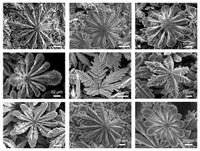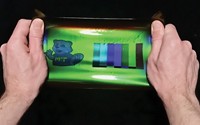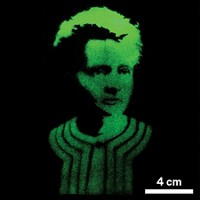Advertisement
Grab your lab coat. Let's get started
Welcome!
Welcome!
Create an account below to get 6 C&EN articles per month, receive newsletters and more - all free.
It seems this is your first time logging in online. Please enter the following information to continue.
As an ACS member you automatically get access to this site. All we need is few more details to create your reading experience.
Not you? Sign in with a different account.
Not you? Sign in with a different account.
ERROR 1
ERROR 1
ERROR 2
ERROR 2
ERROR 2
ERROR 2
ERROR 2
Password and Confirm password must match.
If you have an ACS member number, please enter it here so we can link this account to your membership. (optional)
ERROR 2
ACS values your privacy. By submitting your information, you are gaining access to C&EN and subscribing to our weekly newsletter. We use the information you provide to make your reading experience better, and we will never sell your data to third party members.
Materials
How to make 2-D materials with liquid metals
New technique could help create a variety of atomically thin metal oxides
by Matt Davenport
October 31, 2017
Just as slugs leave behind trails of goo, liquid metals can leave behind atomically thin films. Researchers at the Royal Melbourne Institute of Technology have introduced a new method that uses oozy liquid metals to create solid two-dimensional metal oxides (Science 2017, DOI: 10.1126/science.aao4249). This approach could create 2-D films from a variety of metals, potentially broadening the range of ultrathin materials with attractive optical and electronic properties, the researchers say. Watch this video to learn more about the technique, which Jonathan N. Coleman, a 2-D materials guru at Trinity College Dublin who was not involved in the work, calls “a real breakthrough.”





Join the conversation
Contact the reporter
Submit a Letter to the Editor for publication
Engage with us on Twitter